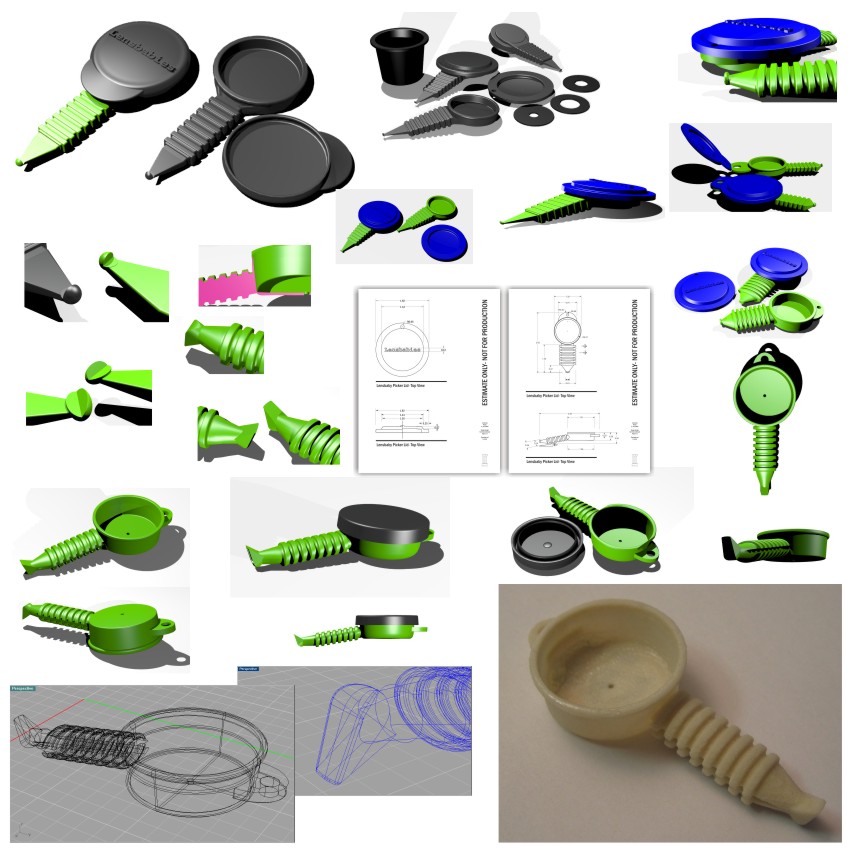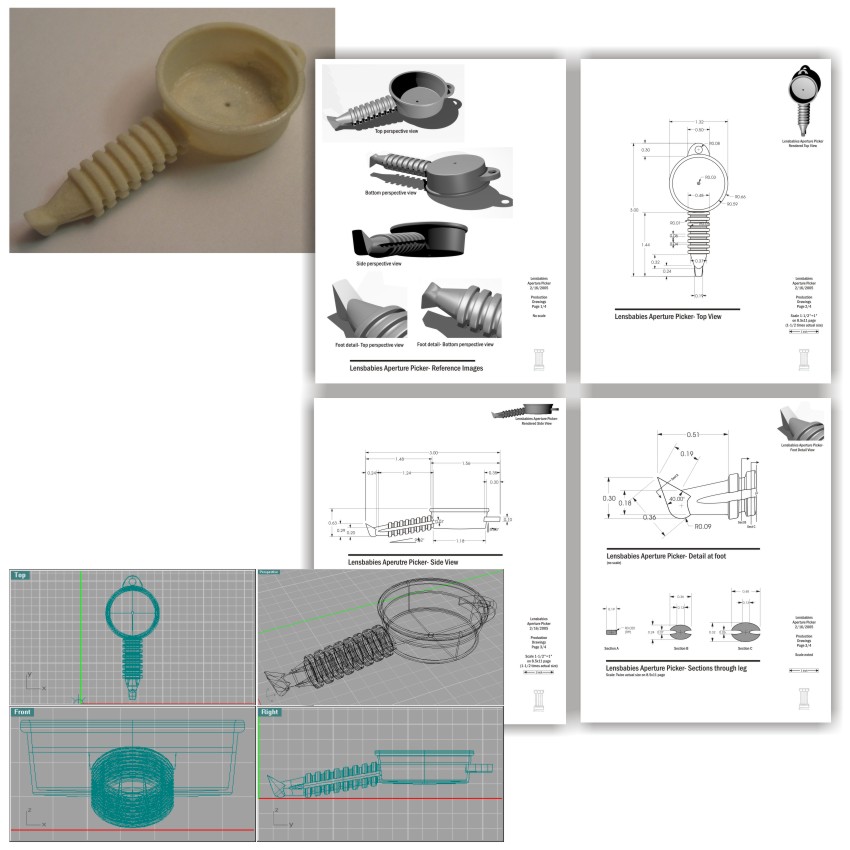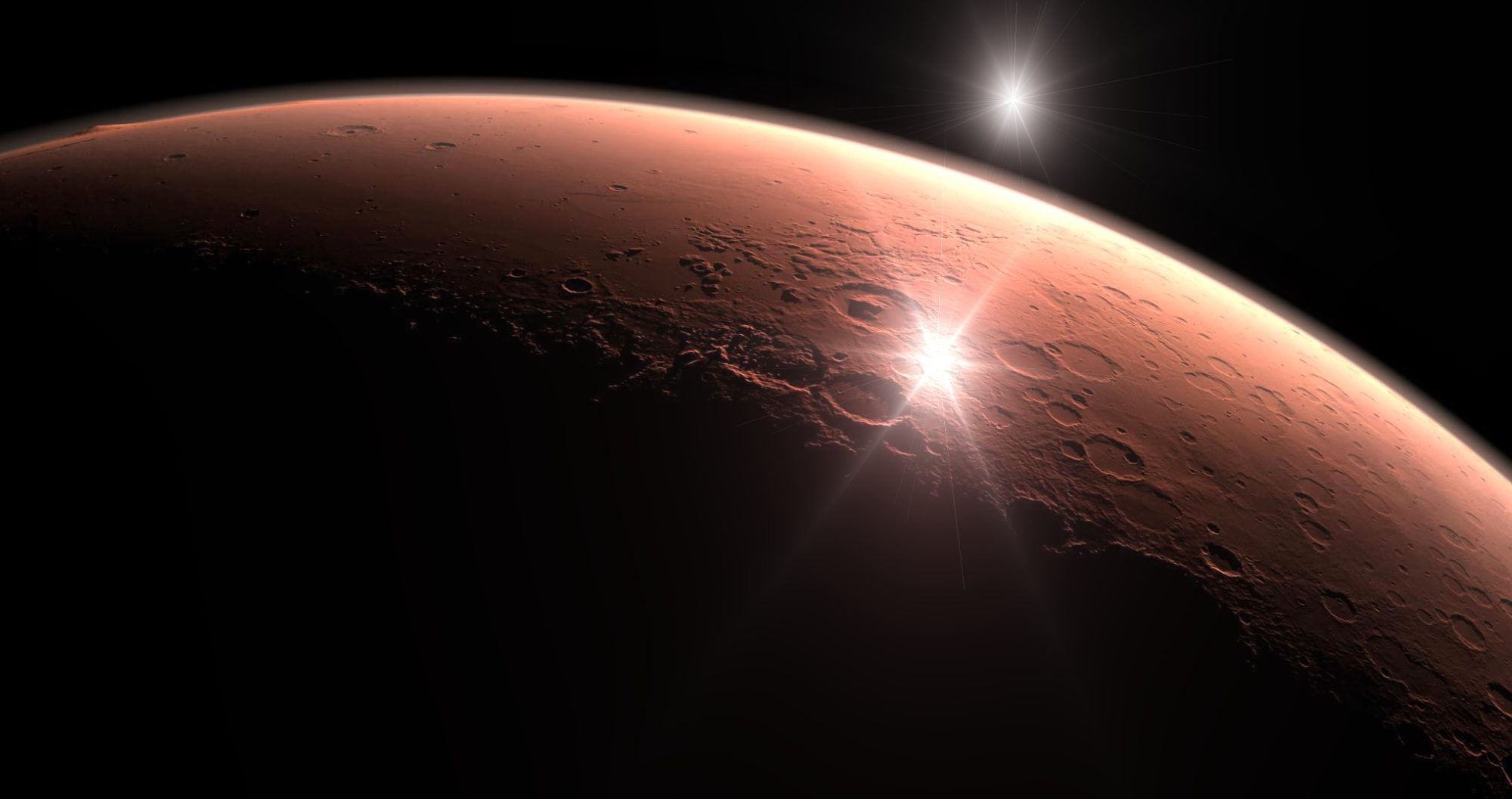
The Concept phase produces, examines and winnows out possible solutions to establish a well-defined concept for further development. The best designs start with the clearest understanding of a person, their problem, and any potential limits on a solution. Comprehensive research and a complete definition of the problem are critical to setting realistic goals and criteria for success. But once there’s a clear direction, the blank paper comes out and the fun begins… ideation. Anything goes at this stage, when it’s time for every conceivable idea from rock-solid-sensible to blue-sky-impossible. These options are reviewed and combined until several plausible, real-world concept options begin to emerge. These concepts are refined, tested against the standard of the initial success criteria, and refined again until a few strong concept options are ready for final review and selection for Development.

Development takes a design concept to production-ready status. It’s a process of “refine, test, and repeat” until the project meets the established design criteria. This complexity of the refinement depends entirely on the results from the Concept phase; a “loose” Concept might need extensive development while a highly refined Concept might need very little. The appropriate tools for development vary wildly as well, but might include sketches, renderings, rough paper-and-tape models, more refined form models, CAD models, computer analysis, working prototypes, focus groups, user analysis, or even limited production. Everything depends on the criteria set in the Concept phase… when those criteria are met, then the Concept is ready for Documentation.

Once the Concept is developed into a final design, everything needs to be documented for production. Once again, the extent of this phase depends on the results from the last one; the more advanced the Development, the less may need to be done for Documentation. But this is the phase where everything is packed down for hand-off to the production people. All the final, most definitive drawings and specifications are brought together so that the next person to address the project, whoever they may be, has all the correct information they’d need to pick up seamlessly. Once things move into production, either mass-production or one-off creation, it’s almost always useful to have the Designer on the project work with the production people to get things going right.
